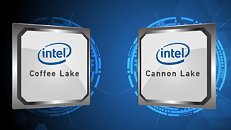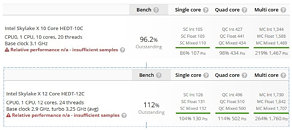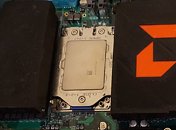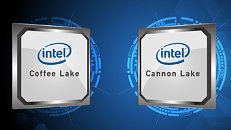
MSI Teases X299 Gaming Pro Motherboard
MSI posted its third teaser pic for one of its upcoming socket LGA2066 motherboards, which is likely the X299 Gaming Pro. Designed for Core i7 "Kaby Lake-X" and Core i9 "Skylake-X" processors, the board appears to feature eight DDR4 DIMM slots (four slots on the left side of the socket). The teaser also gives us a glance of the LGA2066 socket, which could feature a similar retention mechanism to the current LGA2011v3 socket, even if the cooler support isn't consistent, given that some cooler manufacturers such as Noctua are already giving away LGA2066 brackets. The teaser pic also reveals two CPU power inputs, an 8-pin EPS and 4-pin ATX. This is unusual for a "mid-range" brand extension such as Gaming Pro, unless some of the Core i9 "Skylake-X" chips really do have >140W TDPs that demand more power inputs than your run of the mill single 8-pin EPS.





















